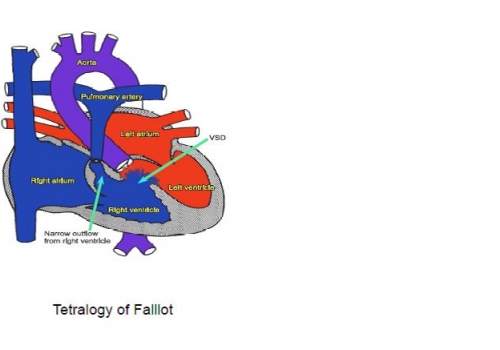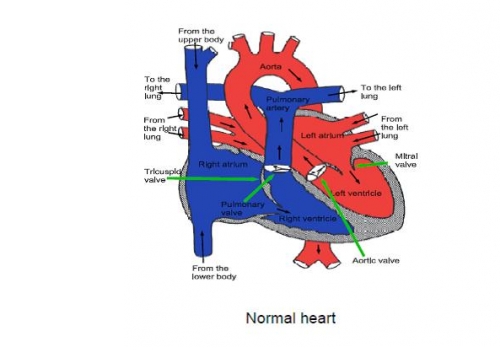Child
- About
- Meet The Team
- Conditions
- Aortic Stenosis
- Atrial Septal Defect
- Coarctation of the Aorta
- Complete Atrioventricular Septal Defect
- Heart Murmur
- Interrupted Aortic Arch
- Normal Heart
- Partial Atrio-Ventricular Septal Defect
- Patent Ductus Arteriosus
- Pulmonary Atresia with Intact Ventricular Septum
- Pulmonary Atresia with Ventricular Septal Defect
- Pulmonary Stenosis
- Right Aortic Arch
- Small Ventricular Septal Defect (Muscular)
- Small Ventricular Septal Defect (Perimembraneous)
- Tetralogy of Fallot
- Transposition of the Great Arteries
- Ventricular Septal Defect (Large)
- Dental Practitioners: Dental care in children at risk of Infective Endocarditis
- Looking after your child’s oral health
- Coming for an echocardiogram
- Outpatient Appointments
- Preparing to Come into Hospital for Surgery
- On Admission to the Children's Ward
- Visiting
- Operation Day
- Children's Intensive Care
- Daily Routine on Intensive Care
- Managing your child's discomfort
- Going Home
- Children's Cardiac MRI Scan
- Cardiac Catheter
- Reveal Device
- Ablation Procedure
- Pacemakers
- INR and Warfarin
- Lifestyle and Exercise Advice
- School Advice
- Attachment
- Yorkshire Regional Genetic Service
- Advice & Support Groups
- Your Views
- Monitoring of Results
- Second Opinion
Tetralogy of Fallot
Tetralogy of Fallot is a serious heart abnormality in which there are two main problems:
- There is a narrowing in the right sided pumping chamber of the heart (the right ventricle) just below the outlet valve (the pulmonary valve) which lets blood pass from the heart to the artery which feeds the lungs with blood (the pulmonary artery). The outlet valve itself is also usually narrowed.
- There is a large hole (ventricular septal defect or VSD) between the two main pumping chambers (ventricles) of the heart.
In the normal circulation, blood passes through the lungs to collect oxygen from the air. In babies with Tetralogy the narrowing in the heart causes blood flow to the lungs to be reduced, making the blood oxygen level low. This makes the baby (particularly the lips and hands) appear blue. How blue the baby looks depends on how severe the narrowing in the heart is; some babies appear pink or are just slightly blue when they cry but others may appear blue all the time. Some children with tetralogy may have attacks where they become suddenly very blue or very pale or floppy or faint. These are known as “hypercyanotic attacks” or are sometimes called “spells”. If your child has attacks like this you should tell us immediately as the attacks can be very serious and may even be life threatening.
Hypercyanotic spell/Blue episodes Information for Parents/Carers


Tests
Only a simple ultrasound scan (“echocardiogram”) is required. Sometimes additional imaging with a CT scan is required.
Treatment
Here’s a video explaining the surgery needed for Fallot Repair
Surgery is usually planned at 6-12 months of age, but the type and timing of treatment depends very much on how blue an individual baby becomes as well as how well the pulmonary arteries (the lung arteries) grow. If the pulmonary arteries do not grow well it may be necessary to perform a “shunt” operation to improve the blood supply to the lungs before we can consider major surgery to repair the heart. If the arteries have grown well we usually plan a single operation to close the hole (VSD) by sewing a patch over it and to open up the narrowing (pulmonary stenosis) in the heart. This is often referred to as “corrective” surgery, but it never makes the heart completely normal.
Risks of treatment
All heart operations are serious and carry some risk of death or major complications such as permanent brain damage, kidney damage or lung complications such as pneumonia. For shunt operations the risk
of a baby dying is small (about 1 in 100) and the risk of brain damage is also small (probably around 1 in 100). At the major repair operation the risk of dying is less than 3%. There is also a small risk (around 1 in 100) of the heart’s electrical system being damaged at operation; if this happens the child’s heart rate will be much slower than normal and a further operation is required to implant a pacemaker to make the heart beat faster.
After the operation
Most children are usually in hospital for about 5-7 days after their operation, Most children have medicines to take at home after leaving hospital but these are usually only necessary for a month or so. Visits to the outpatient clinic will be necessary after the operation.
Other abnormalities
Some children with Tetralogy have other abnormalities. The commonest of these is a genetic abnormality, where a small part of one chromosome is missing. This abnormality is called “22q11 deletion” (or “Di-george”). Although some children with 22q11 deletion grow and develop normally, some will have learning or speech difficulties and if your child has 22q11 deletion it is important that his or her development is monitored so that help can be given early if necessary. A blood test to check for this abnormality is usually done, but it may take some weeks for the result to come back.
The long term future
All patients who have had Tetralogy repair operations have an abnormal pulmonary valve. This means further surgery is often necessary in older children and adults to replace the valve, so regular check ups are required. Even many years after apparently successful surgery new problems may arise which require treatment.
Here’s a short video explaining pulmonary valve incompetence and valve replacement
One of the commonest late problems is the development of abnormal heart rhythms. These can usually be treated, but can be serious and can even rarely be fatal, so regular review in outpatients by a specialist is very important even if the patient appears well.
General advice
Most patients with repaired Tetralogy will lead normal active lives after their operation but may not manage as much physical exercise as a normal child We do not usually stop children with heart disease from doing exercise but it is probably best to avoid really hard physical exercise (such as long distance running) even after a successful operation.
All patients with Tetralogy will be at risk of infection in the heart (called endocarditis), both before and after surgery. Such infections may be caused by infections of the teeth or gums It is important to look after your child’s teeth and visit the dentist regularly (every 6-12 months). Ear or body piercing and tattooing are best avoided as they also carry a small risk of infection which may spread to the heart.
